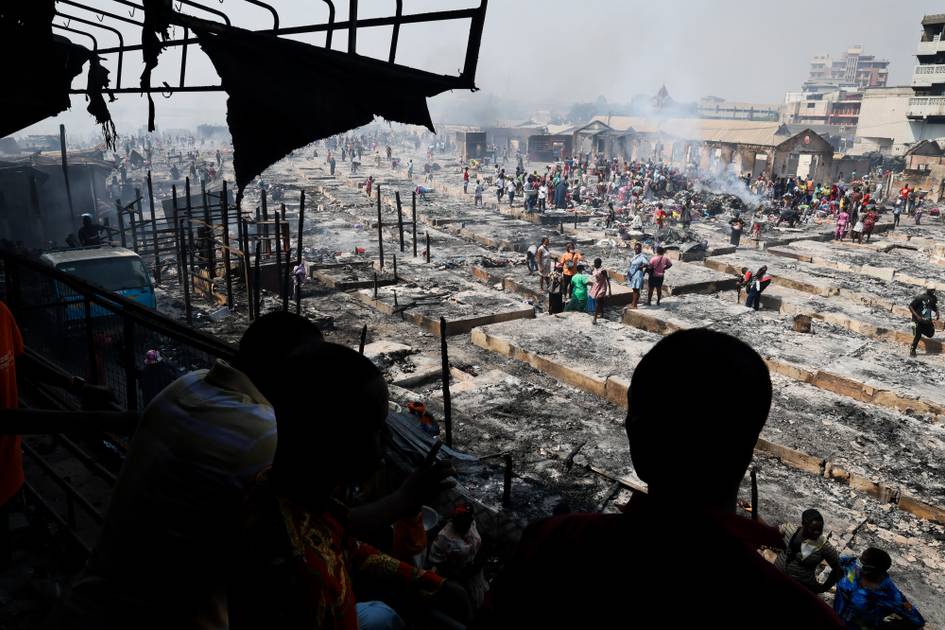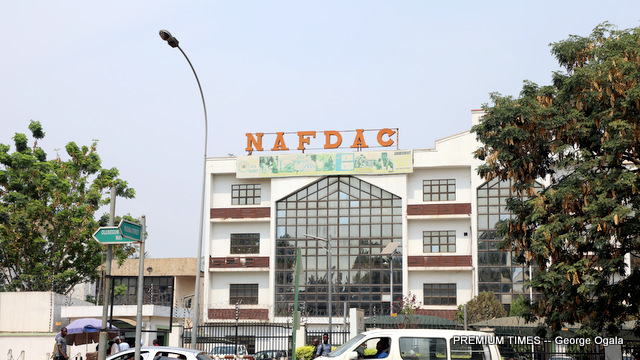NASA’s images, taken by the Operational Land Imager (OLI) on Landsat 8 in August 2017 and OLI-2 on Landsat 9 in August 2024, show the evolution of the new city. The 2017 image displays the initial stages of development, while the 2024 image reveals substantial progress.
Cairo, with a history spanning over 1,000 years, is renowned as one of the world’s most iconic cities. The decision to build a new capital was driven by Cairo’s growing population and environmental challenges.
Satellite view of Egypt’s new capital in August 2024
As of August 2024, satellite imagery reveals the latest developments in Egypt’s new capital city, showcasing the transformation from its initial stages to a burgeoning metropolis.
In the expansive beige of the desert landscape, the most prominent feature visible from space is the Green River Park. This park, designed to accommodate both pedestrians and cyclists, is distinguished by its waved green line.
It will also include lakes and native Egyptian flora, enhancing the city’s environmental sustainability.
Among the many new structures, the ministry of defence, known as “The Octagon,” stands out. From a satellite perspective, it resembles a crop circle due to its circular appearance, though its design includes a series of octagon-shaped buildings at the centre.
Initially estimated at $45 billion, the project’s cost is now projected to approach $58 billion. Khaled El-Husseiny, spokesperson for the project, highlighted Cairo’s issues: “There are traffic jams on every street, the infrastructure can’t support the population, and it’s very crowded,” he told The Guardian in 2018.
The new capital, known as the New Administrative Capital (NAC), aims to alleviate these pressures, providing a modern urban environment for over six million people. It will feature modern skyscrapers, including a 77-storey tower, government offices, major financial hubs, and a comprehensive infrastructure plan.
Also read: City of the dead: Archaeologists discovered 36 tombs spanning for 900 years in an ancient city of Egypt







